This sea ice in the Beaufort Sea is light in color compared with the dark ocean water. The sea ice reflects most of the sunlight that hits it. The ocean water absorbs most of the sunlight that hits it.
NASA
Ice-Albedo Feedback: How Melting Ice Causes More Ice to Melt
All winter long in the chilly Arctic, sea ice grows larger as the ocean water freezes. A blanket of fresh white snow covers it. The white snow reflects the sunshine that hits it.
As summer begins, the weather gets a little warmer. Warmer temperatures melt the blanket of snow that was on top of the sea ice. There are pools of water from the melting snow on top of the ice. The ice breaks into giant pieces like a puzzle. The ice is darker in color than the snow. The pools and cracks are also darker. And where the ice has melted, there is dark ocean water instead of ice. All these changes make the surface darker so more of the sunshine is absorbed, and less is reflected. Holding onto the heat from the sunshine causes more ice to melt. This causes more sunshine to be absorbed and more warming.
This happens every year as the seasons change. It is a normal process. However, it is changing as Earth’s climate gets warmer.
Earth is getting warmer as more greenhouse gases are released into the atmosphere. This makes the snow on top of the ice melt earlier in the spring. Temperatures drop to the chilly levels needed for sea ice to freeze a little later each autumn. There is more time during the summer for the ice to melt and less time in the winter for ice to form again.
This process of a little warming causing more warming is called the ice-albedo feedback. The ice-albedo feedback can turn a small climate change into a big climate change. The sea ice is melting fast in the Arctic Ocean. Scientists have discovered that there may be no more summer sea ice within the next few decades.
Last modified July 18, 2007 by Lisa Gardiner.
You might also be interested in:
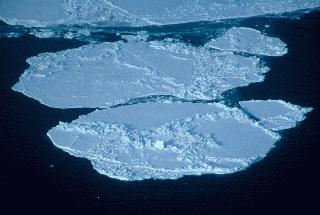
Sea ice is frozen seawater. It floats on the oceans that are in Earth's polar regions. The salt in the seawater does not freeze. Very salty water gets trapped in the sea ice when it forms. The pockets
...more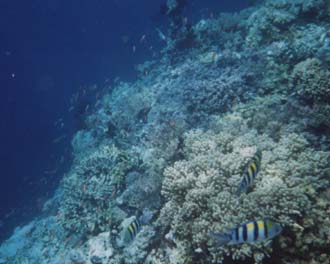
Have you ever taken your temperature to see if you are getting sick? Scientists have been taking the Earth's temperature and have found that it is getting warmer. During the past 100 years, the Earth's
...more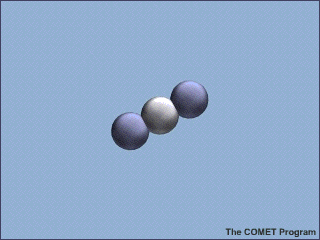
Only a tiny amount of the gases in Earth’s atmosphere are greenhouse gases. But they have a huge effect on climate. There are several different types of greenhouse gases, but they all have something in
...more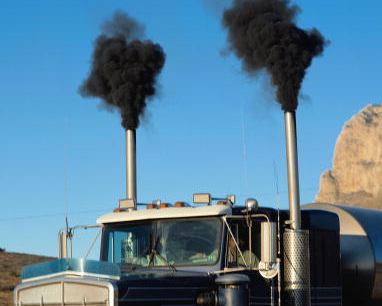
Have you ever had a fire in your fireplace? Burning logs leaves a black powdery material behind called soot. Soot is also made when we burn coal, gas or oil for energy. Humans have been burning these
...more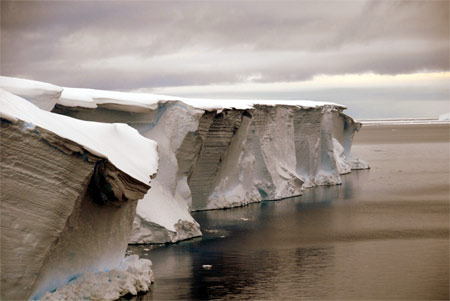
Looking for online content that can be used for a climate change education course or module? Pages linked below can be used to support an introductory climate change education for either a unit or a full
...more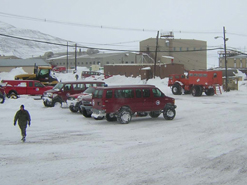
Polar exploration includes the exploration of the Arctic and the Antarctic. The Arctic is the area around the Earth's north pole. Antarctica is a continent that surrounds the South Pole. When you think
...more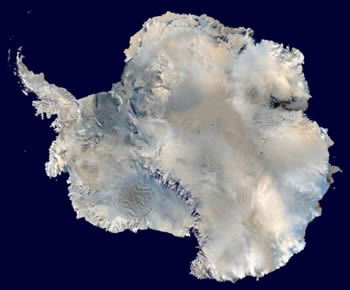
What Will You Find There? If you travel to the South Pole, you will find the continent of Antarctica surrounded by the Southern Ocean. The geographic South Pole is marked by a large sign that scientists
...more














